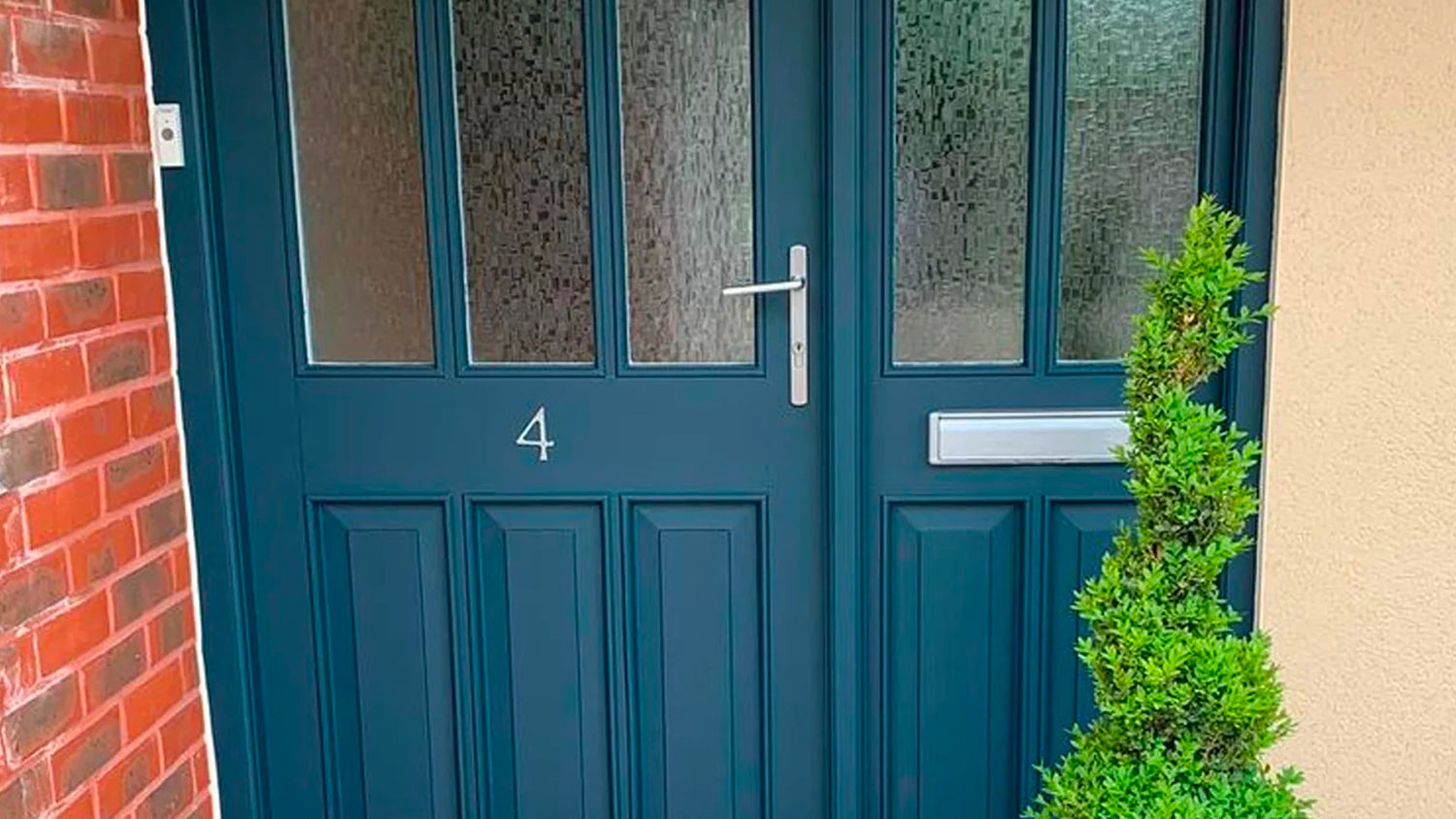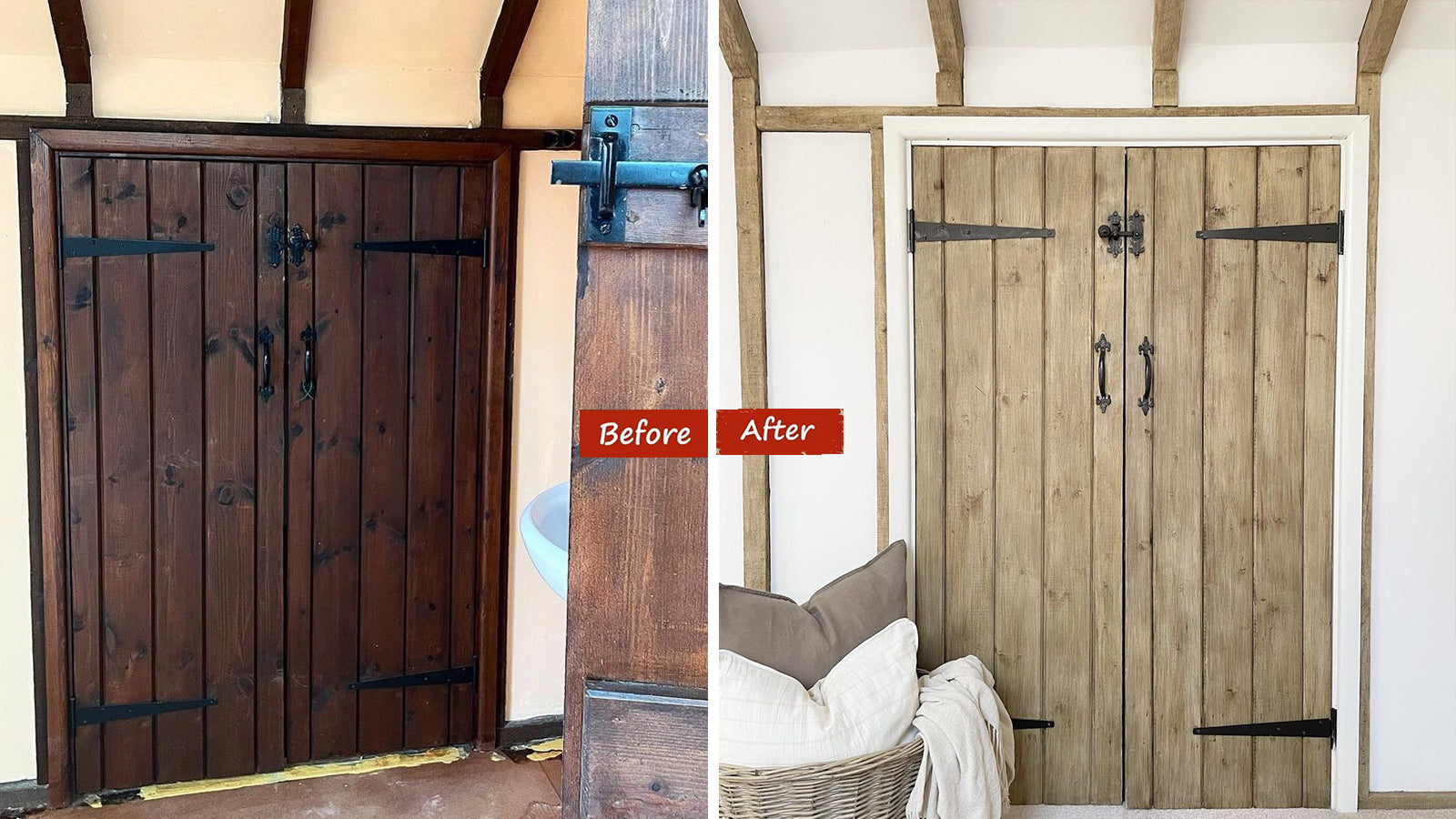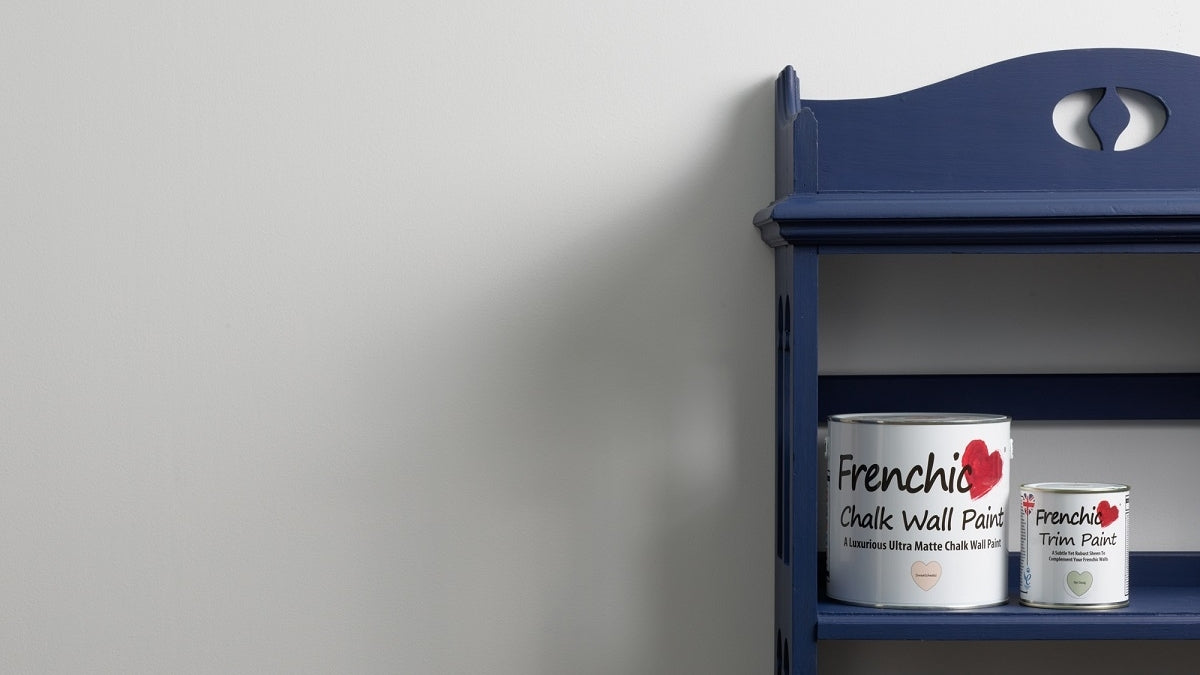Key FAQ Points:
- White marks can be caused by physical contact or moisture and temperature
- Random chalky marks will typically settle down once curing is complete, but can be removed by gently wiping with a soft or damp cloth
- Bloom may be remedied by air and sunlight, though it often requires light sanding and another coat of paint.
---
Wondering why there are white marks on a painted wall or piece of furniture? There are two common causes. One is physical contact, while the other is moisture and temperature.
White marks from physical contact
If you spot small, seemingly random, chalky marks and patches, this is probably down to physical contact. During the curing process, general, daily use may cause chalky looking marks to appear on areas which have been subject to physical contact. This is more noticeable on darker colours.
Getting rid of white marks
The appearance of these white marks should settle down once curing is complete – which, providing the paint is applied as directed on the tin, can take up to 3 weeks. In the meantime, you can remove marks by wiping gently with a soft or damp cloth – we do not recommend scrubbing.
If you wish to apply Clear Wax, Finishing Coat or Tuff Top Coat, this will stop the marks from appearing straightaway. However, bear in mind that, these products will also change the finish or sheen of the painted surface, so will need to be applied over the whole piece.
Paint bloom
On the other hand, you might be dealing with generalised, cloudy or milky looking patches. This is known as paint bloom. As the term implies, bloom is a clouding of the painted surface. The surface takes on an irregular, milky or mottled – sometimes almost opalescent – effect in areas.
Why? It’s not always possible to pinpoint an exact reason, but it’s usually a combination of factors, including:
- Moisture – cool, damp air can condense on wet paint during application, or during initial curing.
- Change in temperature – at any time during application or initial curing
- Insufficient time between application of coats.
All these factors can affect the rate at which the paint dries and cures. Cool and/or damp conditions, in particular, slow these processes, resulting in moisture being trapped.
Getting rid of paint bloom
It’s important to ensure weather conditions and/or ventilation are suitable during paint application and initial curing. For mor information, check out our FAQ about optimal weather conditions. In addition, always adhere to the instructions on the tin for the correct minimum amount of time to leave between coats of paint.
Often, in the presence of dry air and sunlight, bloom can remedy itself. If not, it may be necessary to very lightly sand the affected areas, and then apply another full coat of paint – ensuring conditions are suitable as outlined above.








